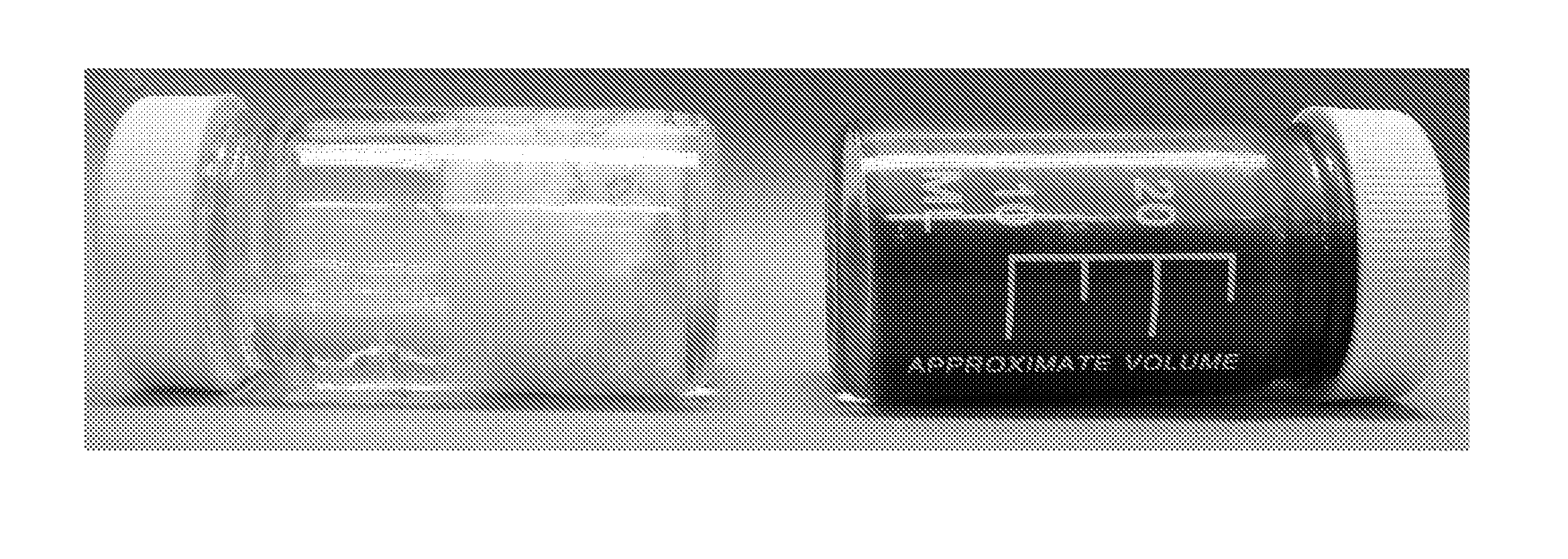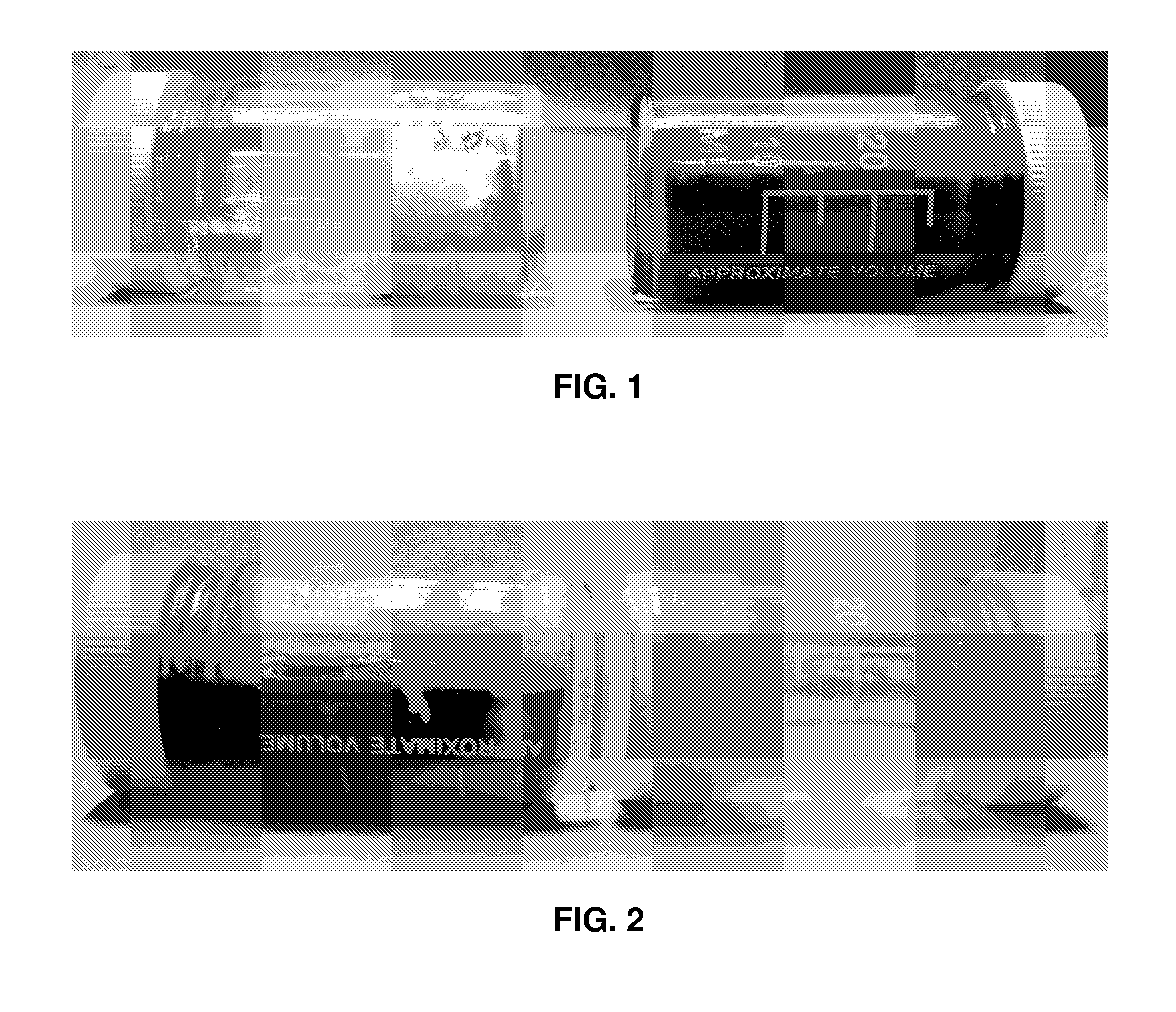Using nanoparticles for water flow control in subterranean formations
a technology of nanoparticles and subterranean formations, applied in the direction of folding cabinets, borehole/well accessories, cabinets, etc., can solve the problems of inability to meet the requirements of formation water, inability to withstand large amounts of produced water, etc., to achieve the effect of inhibiting the flow of water
- Summary
- Abstract
- Description
- Claims
- Application Information
AI Technical Summary
Benefits of technology
Problems solved by technology
Method used
Image
Examples
examples
[0034]A slurry of mineral oil or glycol mixed with a high concentration (from about 2 to about 50% by weight (bw)) of small particles, such as 35 nm magnesium oxide (the size can be less than 2 microns), may be used for selective formation water shutoff. When the slurry contacts the formation water, the small particles of magnesium oxide will be solidified at water flowing channels and plug them. When the slurry contacts hydrocarbons (e.g. crude oil or gas), no solidification occurs and keep oil flow channels open to flow.
Test A
[0035]Test A (mineral oil based nanoparticles): 10 mls of 1.5 ppg (15% bw) FLC-41 particles (FLC-41 is a 35 nm mean particle size MgO, product #12N-0801 available from Inframat Advanced Materials) in 225N mineral oil (225N Base Oil from ConocoPhillips) was contacted with 10 mls of simulated formation water having 1% bw CaCl2. The contact surface was solidified in 40 minutes (the bottle on the left side of FIG. 1). This indicates that the nanoparticles can shu...
PUM
| Property | Measurement | Unit |
|---|---|---|
| mean particle size | aaaaa | aaaaa |
| weight percent | aaaaa | aaaaa |
| particle size | aaaaa | aaaaa |
Abstract
Description
Claims
Application Information
 Login to View More
Login to View More - R&D
- Intellectual Property
- Life Sciences
- Materials
- Tech Scout
- Unparalleled Data Quality
- Higher Quality Content
- 60% Fewer Hallucinations
Browse by: Latest US Patents, China's latest patents, Technical Efficacy Thesaurus, Application Domain, Technology Topic, Popular Technical Reports.
© 2025 PatSnap. All rights reserved.Legal|Privacy policy|Modern Slavery Act Transparency Statement|Sitemap|About US| Contact US: help@patsnap.com


